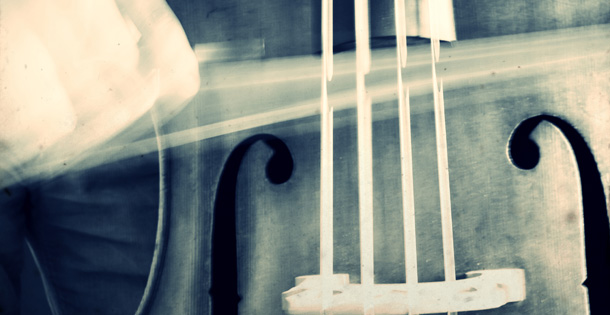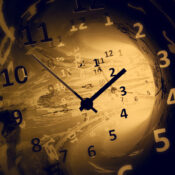Suspicions surfaced: Had the mystery musician intentionally “lost” his cello? Despondent over performance imperfection? Competition pressures? (One of the conference attendees had told a revealing joke: How many Juilliard students does it take to screw in a light bulb? Answer: 100 students; one to screw in the bulb, 99 to say they could have done it better.) Might all of this be crime-related … the cello stolen or smuggled … a toxic substance — anthrax? — embedded in its wood? I called a forensic scientist friend. He laughed.
“Please — just humor me,” I said. “Check it out.”
Bob swabbed the inside of the cello with a special tool and took it to his lab. Soon he reported back: “Everything’s OK,” he said.
The cello was intriguing. I turned it on its side and heard a muted rattling sound. Gently, I shook it back and forth; a small object tumbled out and landed on the floor. I bent down to pick the object up. It was a pristine white origami crane.
I looked closely at the paper bird in my hand, marveling at its perfect folds. Could this be a clue? The proverbial plot had thickened. Was the crane intentionally put inside or had it landed there by accident? Did it reflect heartache of some kind? A death? I knew that cranes represent longevity and good fortune in some Asian cultures. Was this a message of some sort? If so, for whom was it intended? Certainly not for a perfect stranger; the cellist did not know me. Or did he?
Daily life went on, crammed with work and routine, while the cello stood silent, leaning against my bedroom wall. It looked lonely somehow, begging to be played. Sometimes, while passing by, I ran my hands over the golden-amber wood, gently plucked a string or two, listened to the deep, mellow tones that emerged. One day I picked up the bow, drew it across the strings, producing discordant, scratchy sounds. I tried a lighter touch, changed the angle of the bow, slid my fingers down the cello’s neck, pressed more firmly on the strings. The resultant sound was slightly better. I tried again … and again, with different variations. And so, two hours vanished.
I unearthed my old college textbook Introduction to Music from an attic box and perused its pages. One of the first known cellos, I read, was crafted in 1572 by Andrea Amati of Cremona. Initially the cello had only a supporting role in orchestral works, then evolved into a solo voice; John Sebastian Bach composed one of the first unaccompanied cello suites.
How exactly do you hold this thing? My book did not include that part. How do you hold and move the bow? Press and pluck the strings? I phoned a piano-playing friend of mine.
“Why the sudden interest?” Danny asked. I recounted my strange saga in all its enigmatic detail.
“Take some lessons,” he suggested.
“But the cello doesn’t belong to me,” I said
“Think of it as a loan,” Danny said, “an opportunity. Besides, it wants to be played …”
I laughed. “You’re anthropomorphizing … giving the cello human feelings.”
Become a Saturday Evening Post member and enjoy unlimited access. Subscribe now




Comments
Very enchanting and magical tale.
What an exciting first! The story read like fact until the very end. It had me on the edge of my chair until the denouement and reminded of O. Henry.